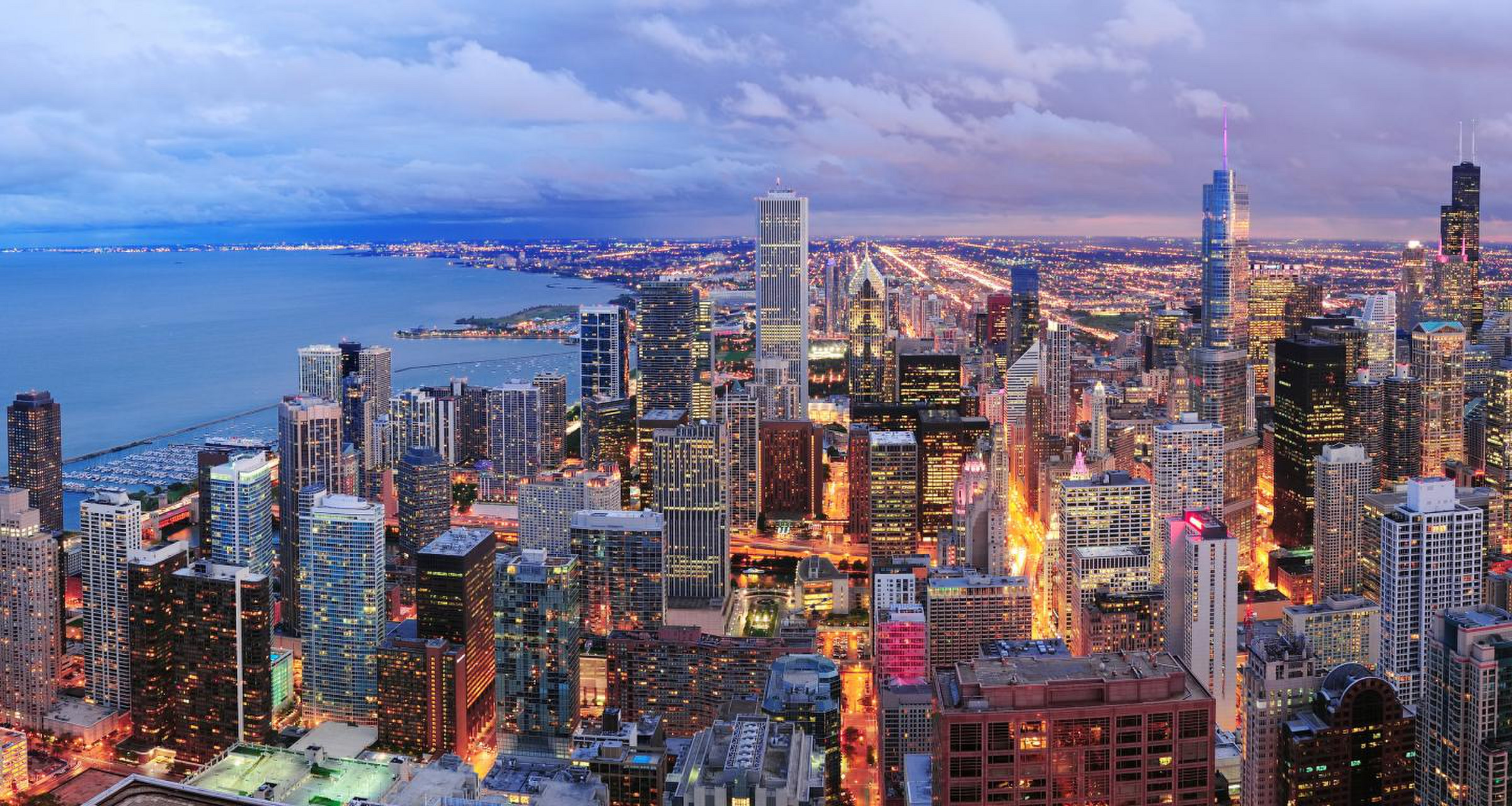While the city of Chicago might not immediately spring to mind as a major literary hub, its impact on the American literary landscape has been profound, with its rich history, vibrant culture, and iconic landmarks inspiring generations of writers. From towering skyscrapers to bustling streets, the Windy City has been the backdrop for countless tales that have shaped the nation’s literary legacy.

Chicago, the Windy City | Photo – Source www.travelblog.org
Literary Landmarks: A Legacy of Inspiration
Chicago’s literary legacy is deeply intertwined with its physical environment. The city’s landmarks, such as the Willis Tower, Millennium Park, and the Art Institute, have served as both settings and muses for countless works of literature. These spaces have provided inspiration, fostering the imaginations of writers who have immortalized Chicago in their words.
A Literary Trail to Uncover
From Ernest Hemingway’s haunts in the Gold Coast to Gwendolyn Brooks’ Bronzeville neighborhood, Chicago offers a literary trail that invites exploration. Walking in the footsteps of literary giants, visitors can discover the places that shaped their writing and gain a deeper understanding of their works.
Literary Heritage: A Rich Cultural Tapestry
Chicago’s literary scene is a vibrant tapestry woven together by diverse voices. From the social realism of Upton Sinclair to the modernist experiments of Sherwood Anderson, Chicago has fostered a wide range of literary movements and genres. This rich heritage continues to inspire contemporary writers, enriching the city’s literary landscape.
Conclusion of Chicago: The Windy City’s Literary Legacy
Chicago’s literary legacy is a testament to the city’s enduring spirit and its ability to ignite the imaginations of writers. Through its landmarks, neighborhoods, and diverse literary heritage, Chicago has played a pivotal role in shaping American literature. The Windy City continues to be a literary beacon, inspiring and nurturing writers who carry its legacy into the future.